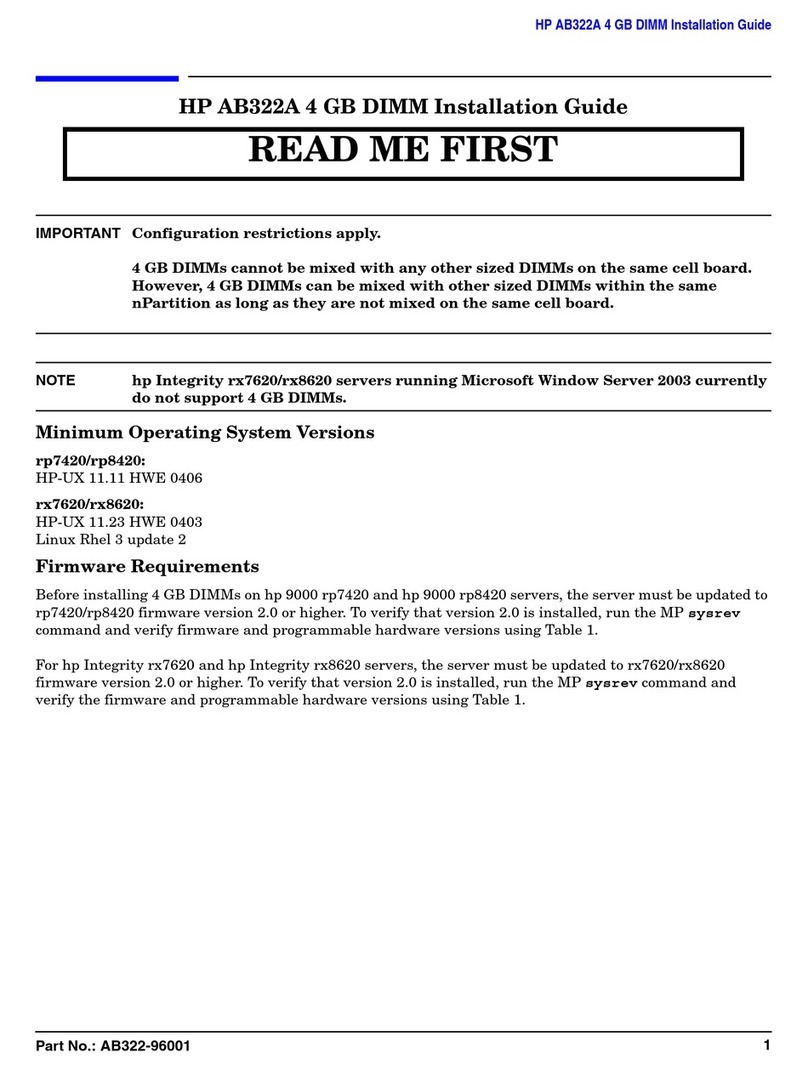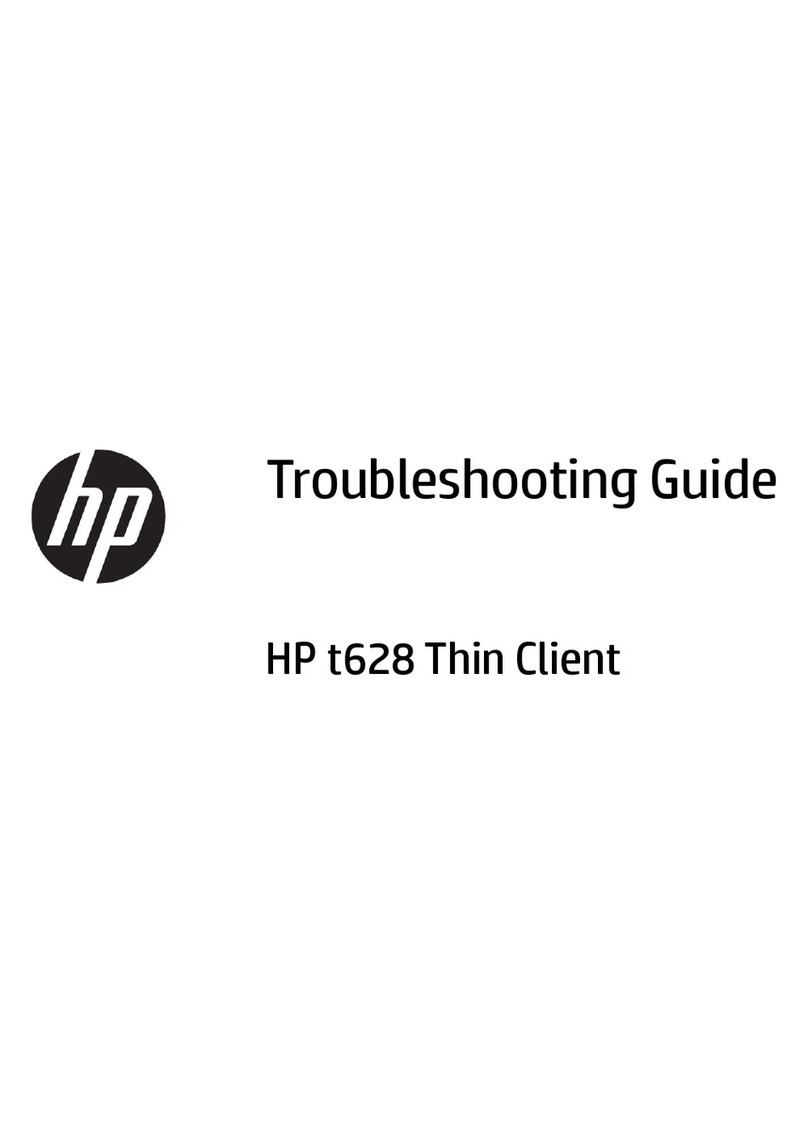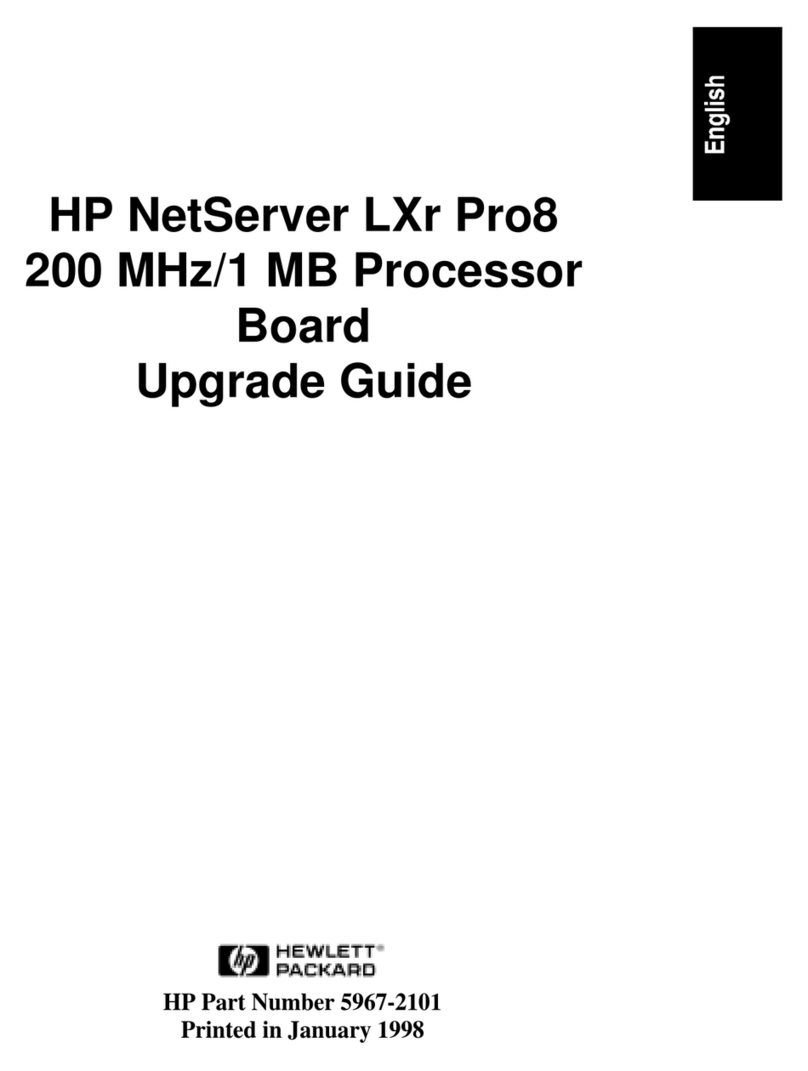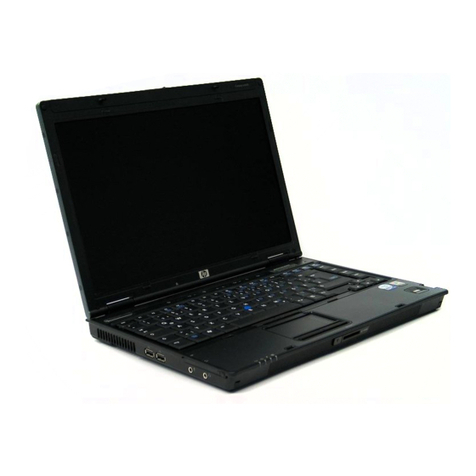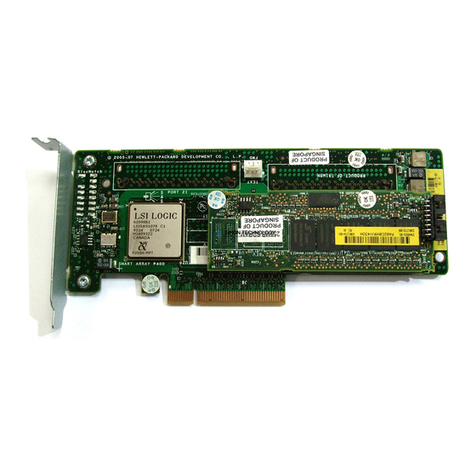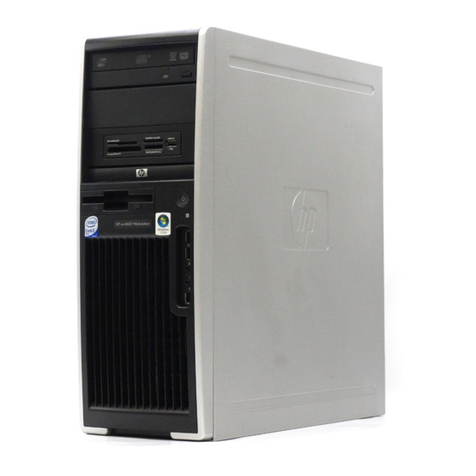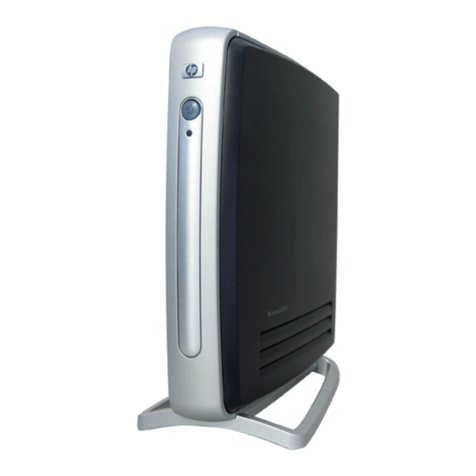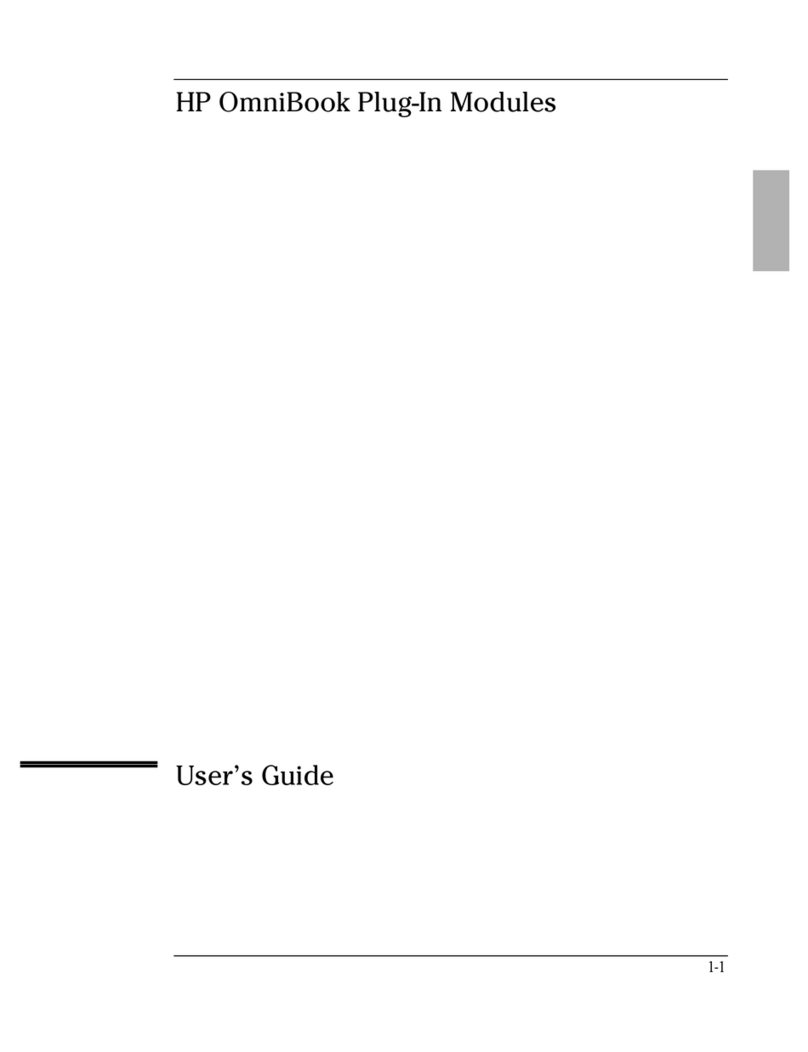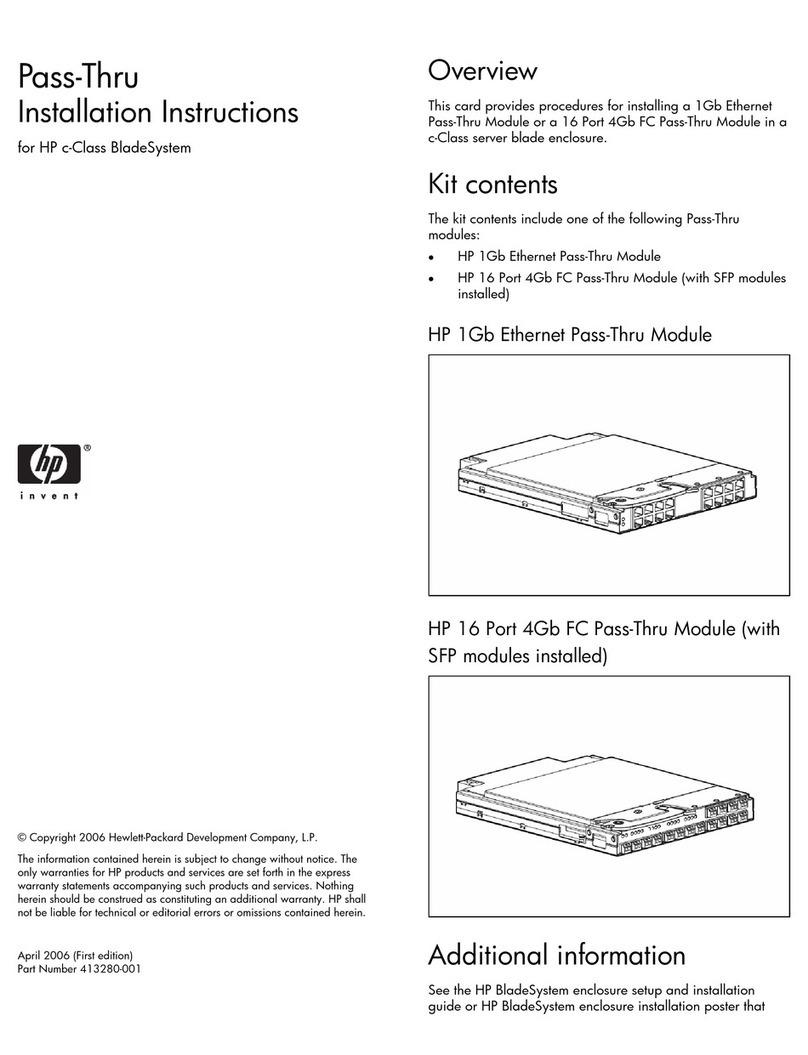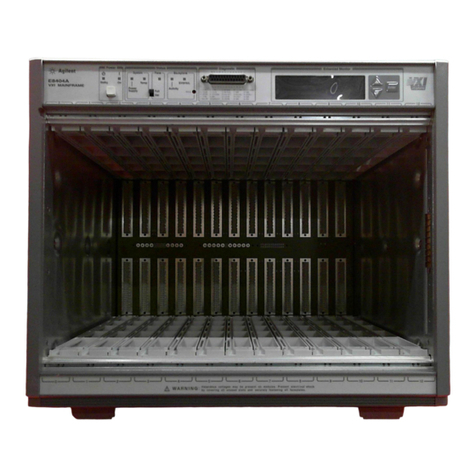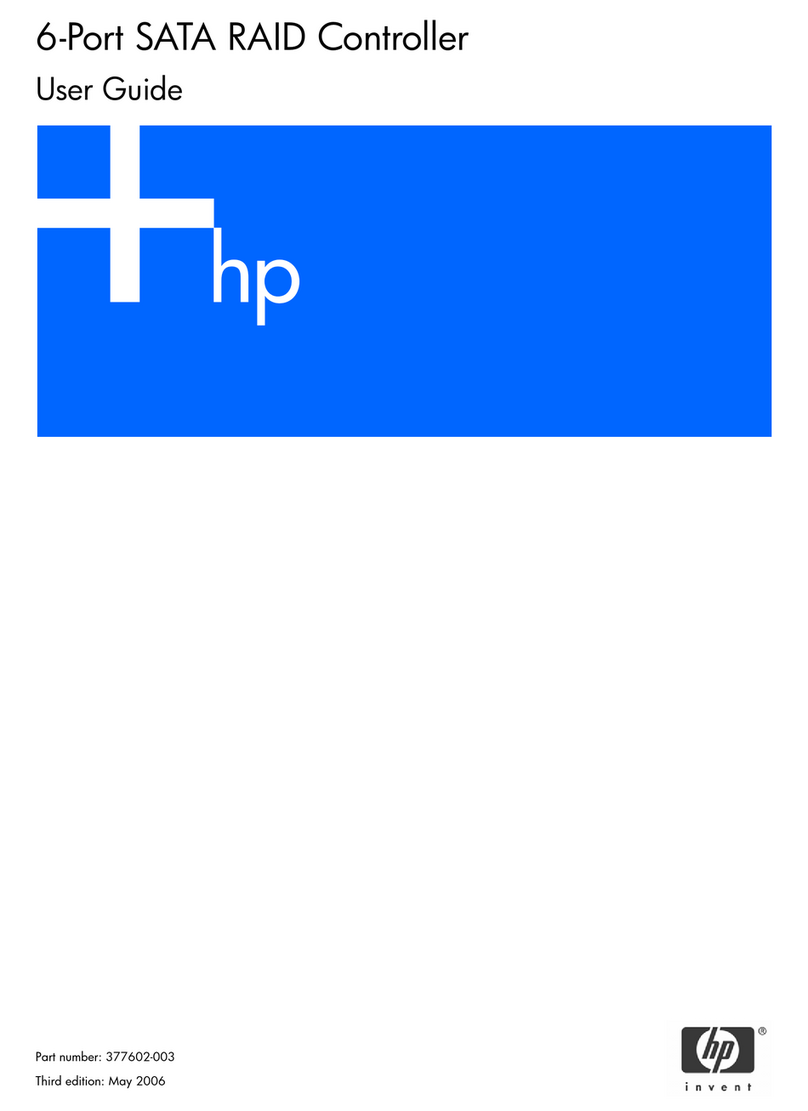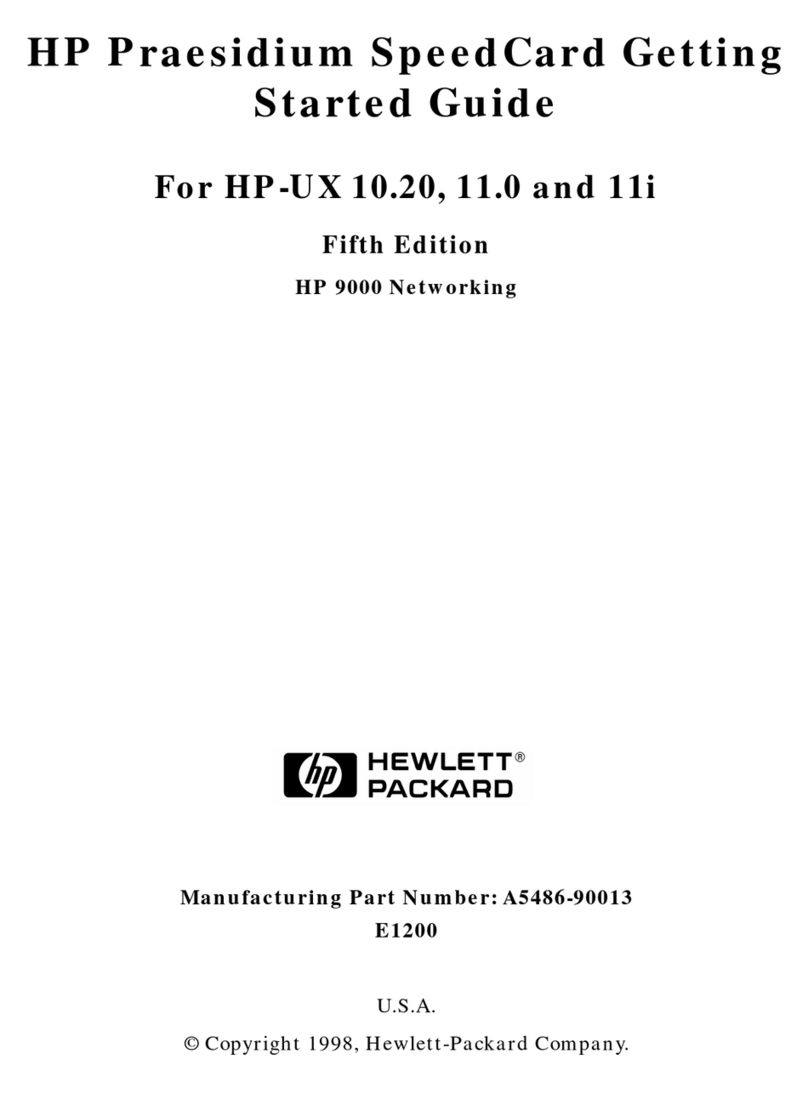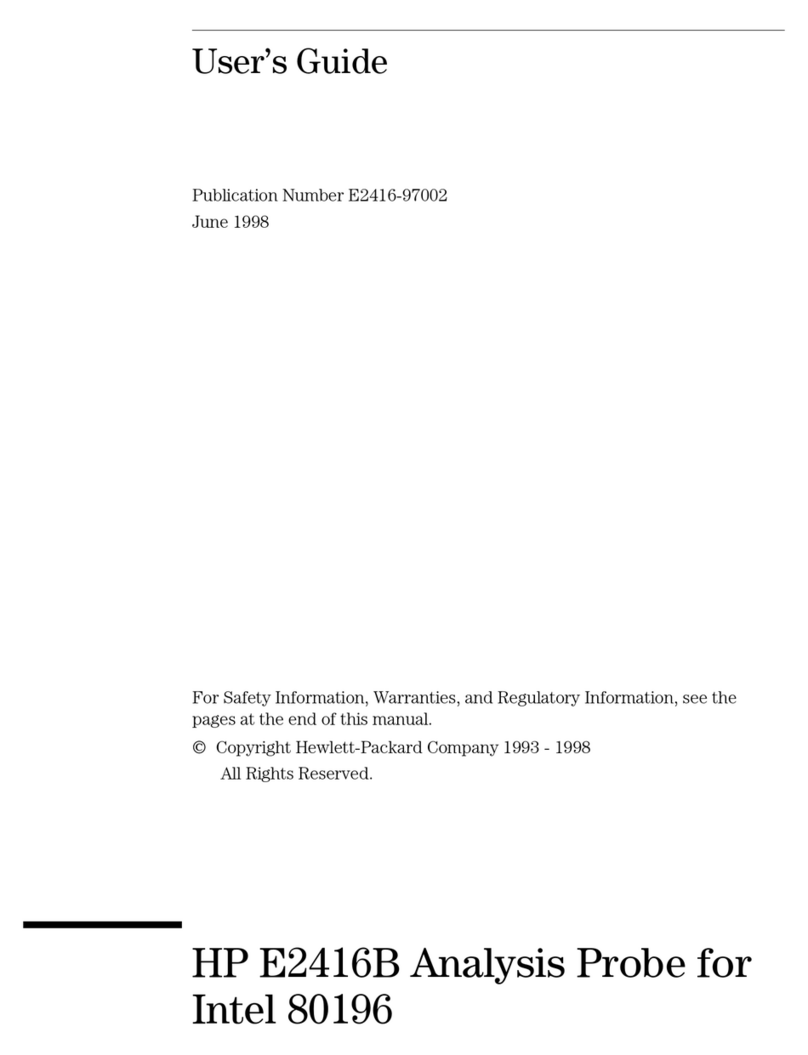98640A
Analog
Input
Interface
Registers
.................................................................
3-3
])ata
Registers
.•.•...•....................•..•.......••...••••••.••.••••
3-3
Pace
Timi
ng
Regi
ster
•••..•••.....•..••.•.•.•.••...••.....•••.•..••••••••
3-4
ID
Regi
ster
....•.•..................•...................................
3-4
Status
Regi
ster
..••...•......................•..............•...•.......
3-4
Analog
Circui
try
••.....•..............•.................•...•.........••..
3-5
Vol
tage
Input
..•.•...•.•....•..........••.................•.•.•...•.•••.
3-5
Channe1
Se
1
ec
t
ion
.•......•...••..•
L'
••••••••••••••••••••••••••••••••••••
3-6
Prograrrrnable
Gai
n
Ampl
i f
ier
(PGA)
..••..•••••••.....•......•..•••••......
3-7
Gain
of
1
.............................................................
3-7
Other
Gains
.••.•...•...•....•....••...•.•.••.....•.•...••..•.••••...•.
3-9
Examp
1e
•••••••••••••••••••••••••••••••••••••••••••••••••••••••••••••
3-9
Di
fferent
ial-to-Si
ngle-Ended
Converter
...•..•.....•....•.••..•.•..•.••.
3-1 0
Example
•••••••••••••••••••••.•.••••••••••••••.•••••••••••••••••••••
3-10
Sample
and
Hold
(StH)
Circuit
•.......•.••••..••••....•••.••.••.•.•..••.
3-10
Absolute
Value
Circuit
.•••..••........••..••.•.......••..•..••••..•..••
3-11
Analog-to-Digi
tal
Converter
(ADC)
......•....•.•.•....••..•.••..•.•...•.
3-12
Corrmon
Mode
Over
range
Detect
ion
........•......•.......••.••.••....•....
3-13
Digital
Conversion
Circuitry
...••..••...••.••....•......•..•••••.•....•..
3-13
Generating
Control
Signals
.........•.•.•.•••.•....••.••.•••.•••.•.....•
3-13
Stopping
the
Counter
.••.••••.....•....••..••••••...•.•••..•.•••.•......
3-14
Conversion
Cycle
Timing
.....•....••.•..•....••.....•.••...•.••...••....
3-17
The
BUSY
eye
Ie
.........................................................
3-18
The
Internal
Pacing
Timer
•...••....•••.••••••••••.••..•.•••.•.•...•..••
3-19
External
Pacing
..•...............•........•........•..•................
3-20
Digi
tal
Backplane
Circui
try
..•.•...••....••••.••••.....•.•....••...•..••.
3-20
Select
Code
••.••••.........•••...•...••••••....•...••.••.....•....••.•.
3-20
The
Backplane
Handshake
••..•••...•••...•.....•••••..........•••...•..•.
3-21
Addressing
.•...•.•.•..•..•..•.•...•.••...••..•.....•..•..••.•••...•.•..
3-21
Reset!!
.........•..•..•.................•.....•.........................
3-22
Backplane
Data
Bus
...••..•.•....••........•.••....•••••...•.••....•.....
3-22
Reading
From
the
Card
..•...•........•..•..••••....••.........•...•.....
3-22
Wri
ting
to
the
Card
.•••..•.......••.••••..•..•.•...•.••...•.•••...•..•.
3-22
Interrupt5
.•.....•........................•............................
3-23
Sequence
of
Operations
.....•...•....•••.....•..............••.•.•..••.••.
3-23
The
Analog
Pipeline
•...•.....•••.•...••..•.••..•.•.........•..••.•..•....
3-25
PROGRAMMING
AND
EXTERNAL
PACING
Programning
Considerations
.•.....•.......•....••........•...•.••.•..•.•.•.
4-1
Channel
and
Gain
...•.•.....•.....•..•.....•..•••............•.....•.•...
4-1
Dealing
wi
th
Data
•••.•.•....•.••..•....•.....•............•....••.....•.
4-3
Calibration
.•••••..•••.....••......•....•...••.........••....•..•.....
4-3
Detailed
Calibration
...............•..............•..••....•........
4-4
Qu
i c k
Ca
lib
rat
ion.
. • . . . • . . . . . . . . • . . • . . •. . . . . . . . . . . • • . . . • . . . • . . . . . . • . 4- 5
Over
range!!
..••.••......•...•••....••......•••.......•.•.•.••.•••..••..
4-7
Horrra1 mode
•••••••••••••••••.•••••••••••••••.••••.••••••••••••••••••
4-7
COlll'non
mode
•.•...•.....•..•........•..•....•..........•...••.•••..•.
4-
7
Simple
sample
•••.•.•.•.•.....•............••.•......•...••••••..•.•...
4-7
Pace
Interval
..•..........................•....•...•........•....••.....
4-9
No
i Sf!!
••••••••••••••••••••••••••••••••••••••••••••••••••••••••••••••••••
4-1 0
iv
